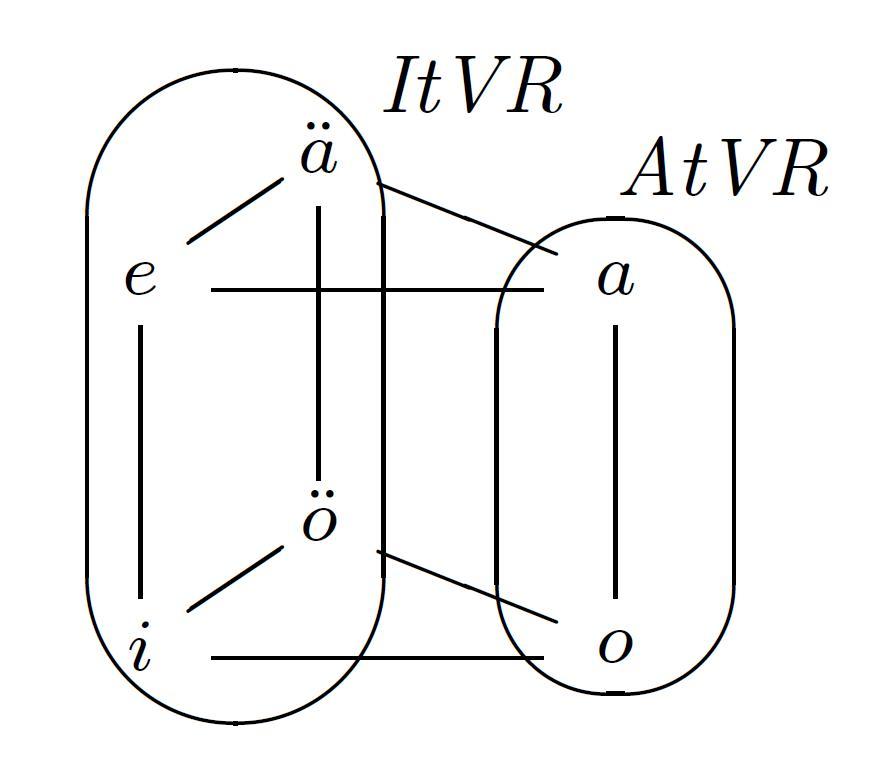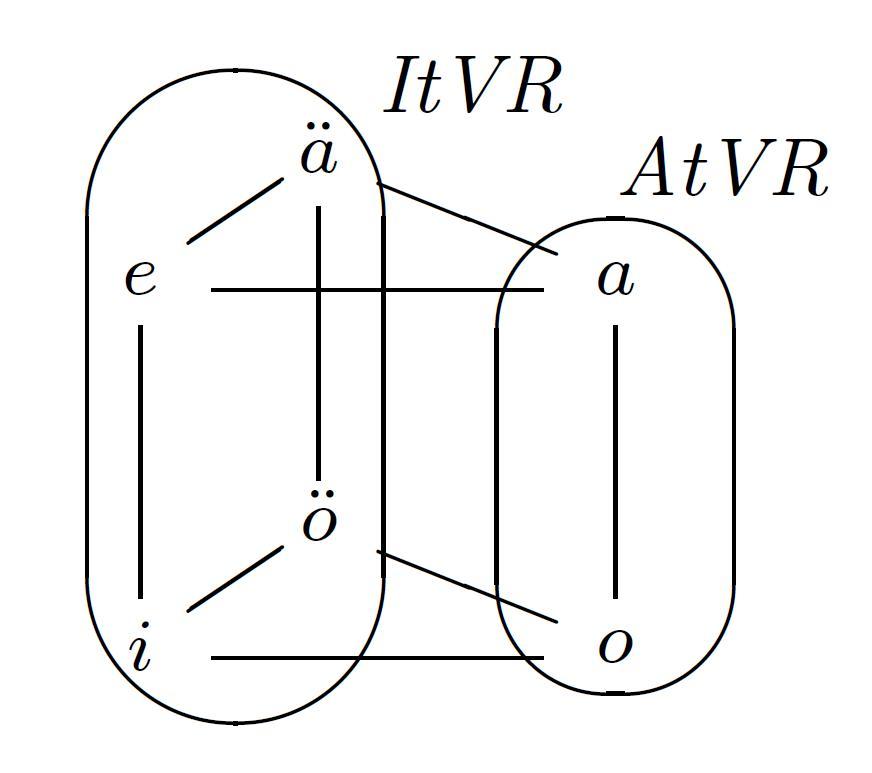
Logical Conversions (2017), p. 199
by Dekker, Paul

Copyright according to our policy
- Aristotelian family
- Jacoby-Sesmat-Blanché Sigma-3
- Boolean complexity
- 4
- Number of labels per vertex (at most)
- 1
- Uniqueness of the vertices up to logical equivalence
- Yes
- Errors in the diagram
- No
- Shape
- Triangular Prism (irregular)
- Colinearity range
- 0
- Coplanarity range
- 0
- Cospatiality range
- 0
- Representation of contradiction
- By some other geometric feature
Logic
Geometry
- Conceptual info
- Yes
- Mnemonic support (AEIO, purpurea ...)
- Yes
- Form
- none
- Label type
- symbolic
- Symbolic field
- logic
- Contains partial formulas or symbols
- Yes
- Logical system
- syllogistics
- Contains definitions of relations
- No
- Form
- solid lines ,
- none
- Has arrowheads
- No
- Overlap
- No
- Curved
- No
- Hooked
- No
- As wide as vertices
- No
- Contains text
- No
- Label type
- none
Vertex description
Edge description
- Diagram is colored
- No
- Diagram is embellished
- No
Style
Additional notes
- AäB = A'eB = $\forall x(\neg Ax \to \neg Bx)$
AöB = A'iB = $\exists x(\neg Ax \wedge Bx)$
(Cf. p. 196.)
ItVR = immune to verbal restriction
AtVR = allergic to verbal restriction
(Cf. p. 199.)
This is a JSB sigma-3 (rather than a U4 sigma-3, as in Kraszewski 1956), because we assume not only existential import, but also 'differential import': "$\emptyset \neq A \neq B \neq \emptyset$" (p. 196).
The partition induced by this diagram (subject to existential as well as differential import) consists of the following four anchor formulas:
$\bullet$ AaB
$\bullet$ AiB $\wedge$ AoB $\wedge$ AäB
$\bullet$ AiB $\wedge$ AoB $\wedge$ AöB
$\bullet$ AeB